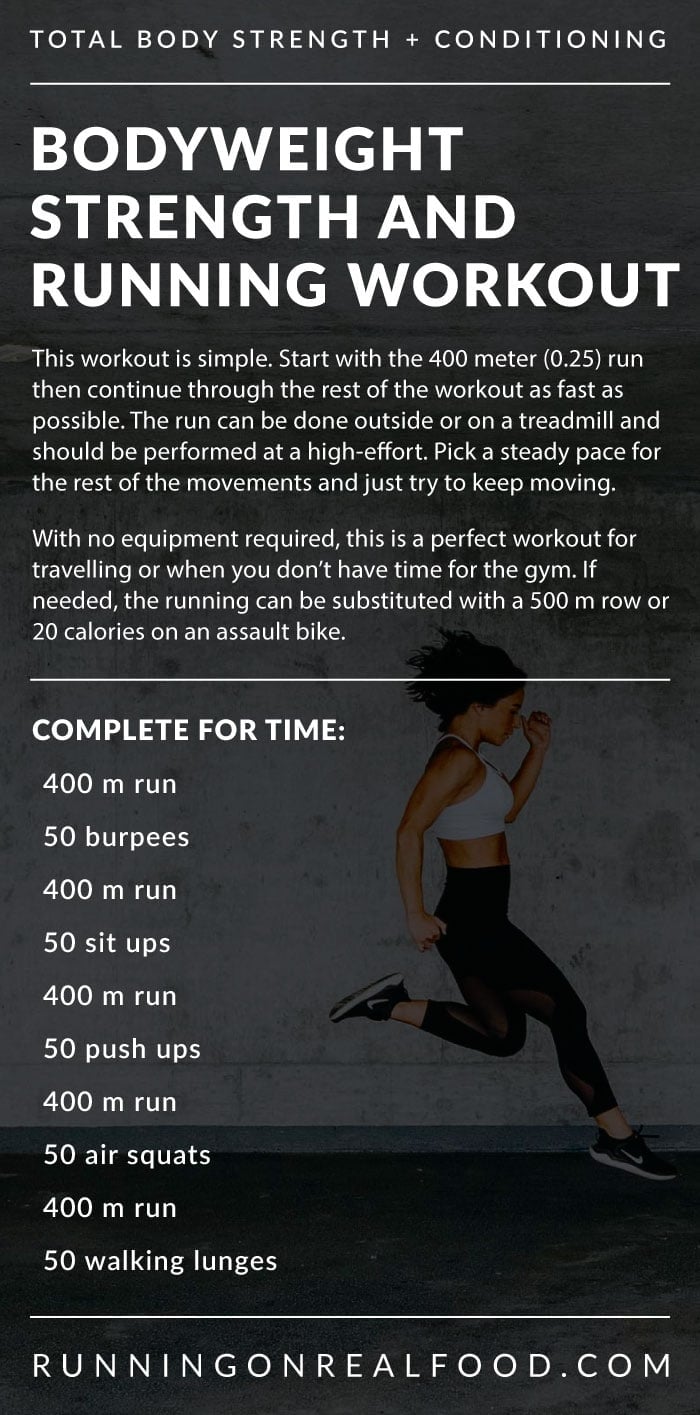The Ultimate Overview to Taking Care Of Discomfort When Running
For joggers, experiencing pain throughout runs is not uncommon, and understanding just how to efficiently manage and prevent it can make a substantial distinction in your overall performance and enjoyment of the sport. Whether you are a seasoned marathoner or simply beginning your running trip, understanding the different kinds of pain that can develop and the approaches to resolve them is crucial. From pre-run warm-up routines to proper shoes option, there are numerous factors to consider when it concerns handling pain while running. This extensive guide will equip you with the expertise and devices essential to browse with the discomfort and equip you to achieve your running goals with greater convenience.

Comprehending Different Sorts Of Running Pain
When running, it is necessary to compare different types of discomfort to avoid injuries and optimize efficiency (Read More). One common sort of discomfort that joggers may experience is muscle mass pain, which generally occurs from the stress placed on muscles during exercise. This type of pain is usually a normal component of the running process and can be handled with proper warm-up, cool-down, and extending routines
Another kind of discomfort to be knowledgeable about is joint pain. Joint pain can indicate issues such as overuse, improper type, or underlying problems like arthritis. Overlooking joint pain can lead to more extreme injuries, so it is essential to resolve any kind of pain quickly and perhaps look for professional advice.
Furthermore, sharp or stabbing discomforts need to not be overlooked. These types of pain can signify intense injuries such as strains, sprains, or anxiety cracks - running strategy. Proceeding to go through these sorts of discomfort can worsen the injury and lengthen recovery time

Pre-Run Warm-Up and Extending Regular
To prepare the body for a running session, implementing an efficient pre-run warm-up and stretching routine is necessary. A correct workout aids increase blood flow to the muscles, improves flexibility, and decreases the danger of injury during the run. Begin with dynamic stretches like leg swings, arm circles, and high knees to slowly increase your heart rate and loosen up the muscles. Dynamic extending aids resemble the activities you'll be doing while running, preparing your body for the task ahead. Follow this with fixed stretches concentrating on major muscular tissue teams such as the hamstrings, quadriceps, calf bones, and glutes. Hold each stretch for regarding 15-30 seconds without bouncing to advertise muscular tissue leisure and versatility. Keep in mind to listen to your body and adjust the strength of your workout based on your fitness degree and any type of pre-existing conditions. By incorporating a regular pre-run workout and stretching routine right into your running regimen, you can enhance efficiency and lessen the risk of discomfort or injury.
Appropriate Shoes Choice and Fit
Selecting appropriate shoes that fits well is important for runners to protect against discomfort and lower the danger of injuries. Uncomfortable footwear can bring about blisters, black nails, shin splints, and other painful conditions that can prevent efficiency and sideline training. When selecting operating shoes, it is necessary to think about factors such as foot type, running stride, arch support, padding, and footwear size. running strategy. Visiting a specialty running store for a stride evaluation and expert fitting can aid make sure that you pick the right shoes for your private demands. Running shoes ought to give sufficient assistance and security while also fitting and light-weight. In addition, it is recommended to replace your operating footwear every 300-500 miles to maintain proper cushioning and assistance. Purchasing top quality footwear that is proper for your running design and foot composition is an aggressive action towards avoiding discomfort and injuries throughout your runs.
Nutrition and Hydration Tips for Discomfort Avoidance

Hydration is just as essential for joggers to avoid pains, dehydration, and various other discomforts that can cause pain during running. It is suggested to consume alcohol an adequate quantity of water throughout the day and especially before, during, and after running sessions. Electrolyte-rich drinks or sports beverages can likewise be advantageous for restoring lost minerals and maintaining proper fluid balance. running workout (Read More). By prioritizing nutrition and hydration, joggers can enhance their efficiency, minimize discomfort, and delight in an extra comfy running experience.
Post-Run Recuperation Techniques to Alleviate Discomfort
Implementing reliable healing methods is important for reducing pain and advertising muscle mass recovery after running sessions. One crucial post-run recovery strategy is stretching. Integrating static go for significant muscle mass teams can aid decrease muscular tissue tension and soreness. Foam rolling is an additional helpful practice to launch muscular tissue rigidity and enhance blood circulation to the muscle mass, assisting in quicker recovery. In addition, icing aching locations for 15-20 mins can help reduce swelling and numb discomfort post-run.
Moisturizing effectively post-run is important for replenishing fluids shed during workout and aiding in muscle mass recuperation. Eating a well balanced treat or dish that consists of healthy protein and carbohydrates within half an hour of ending up a run can assist repair muscle mass tissue and restore energy shops. In addition, obtaining adequate rest is important for enabling the body to repair and strengthen muscle mass. Integrating energetic recovery activities such as light walking or swimming can likewise help advertise blood circulation and reduce muscle mass tightness - Read More. By incorporating these post-run recuperation methods right into your routine, you can effectively take care of discomfort and maximize your running efficiency.
Verdict
Finally, attending to different kinds of running discomfort with proper workout, stretching, shoes choice, nutrition, hydration, and post-run recuperation techniques is crucial for discomfort avoidance and administration. By comprehending the reasons of discomfort and executing these techniques, runners can lessen pain and prospective injuries. It is critical to prioritize general physical health and wellness to make sure an effective and enjoyable running experience.